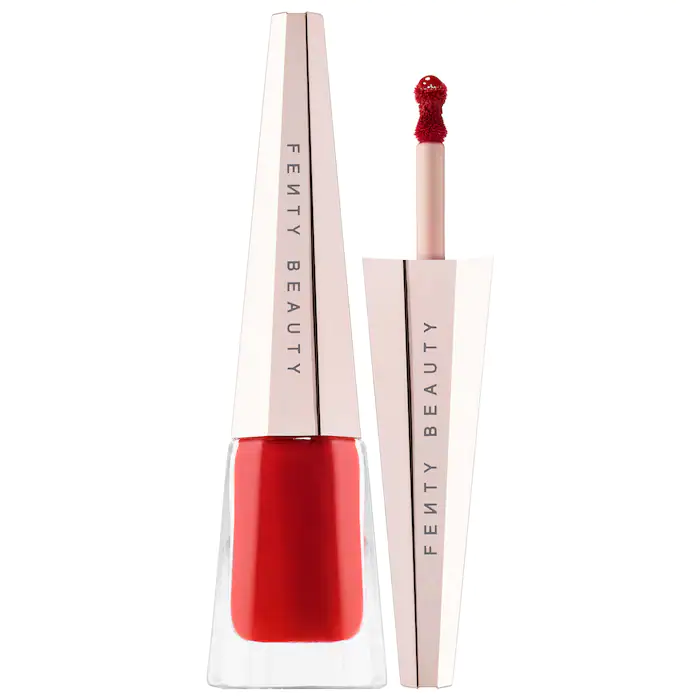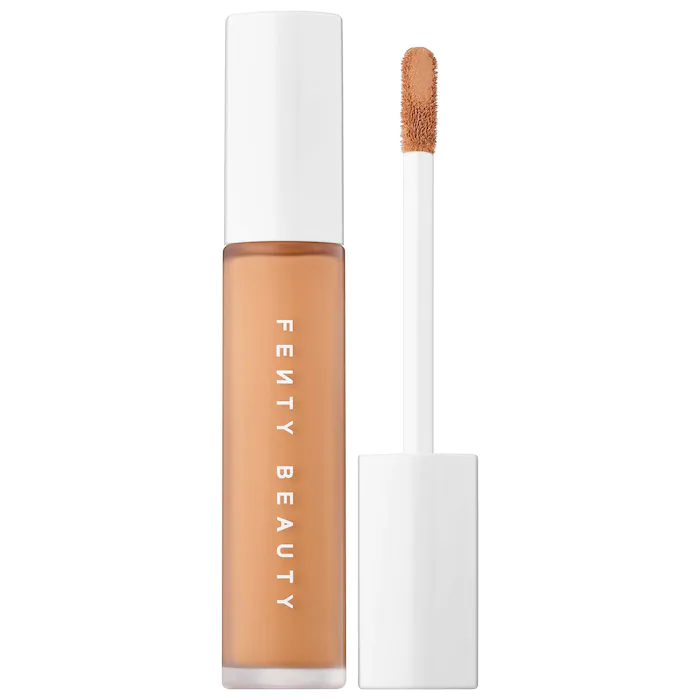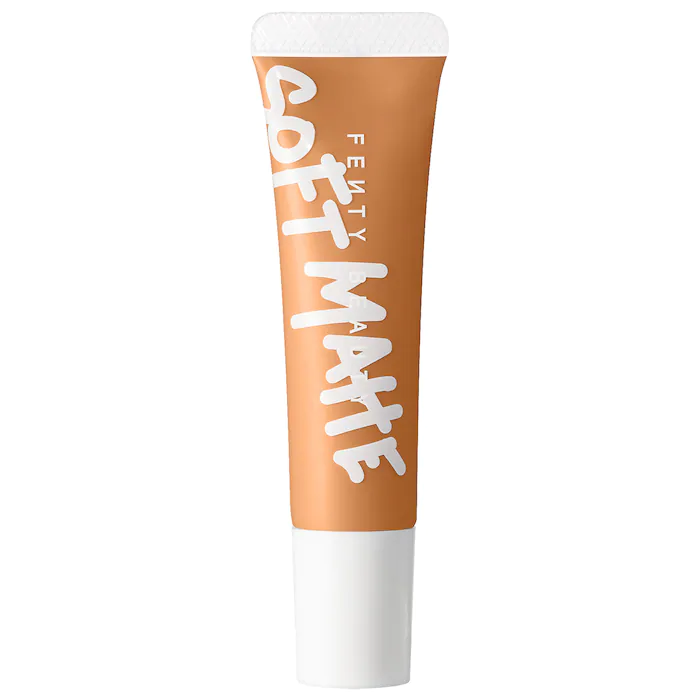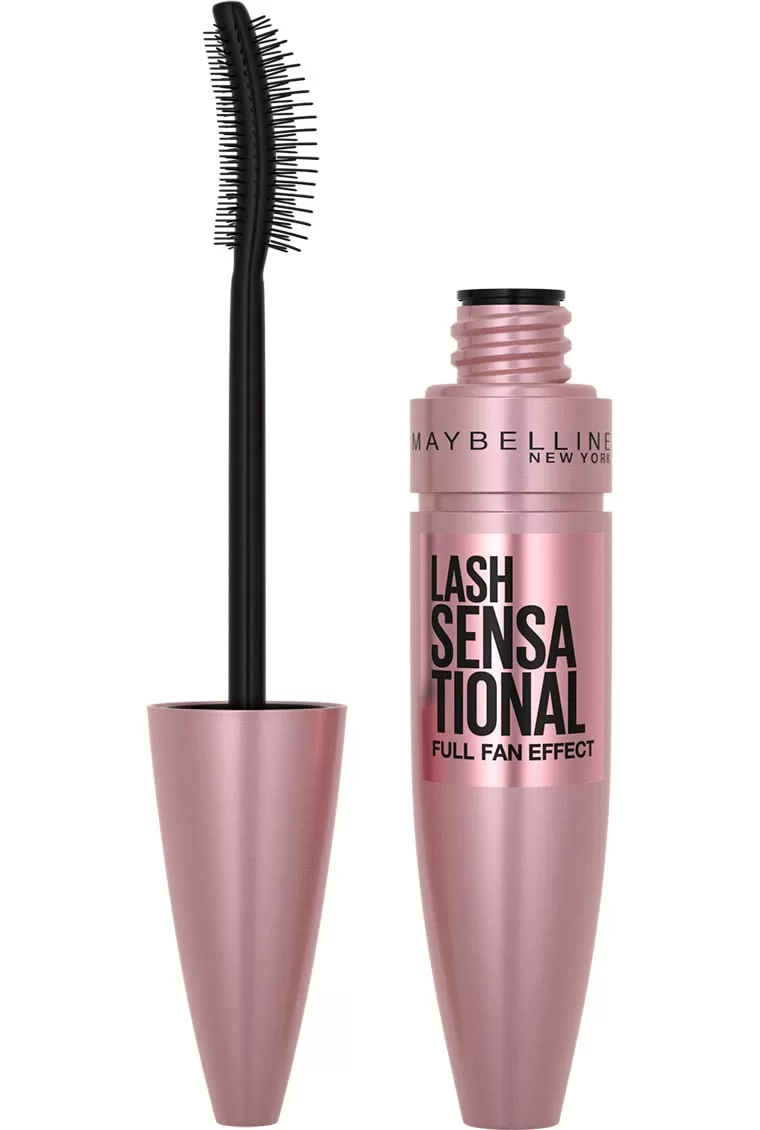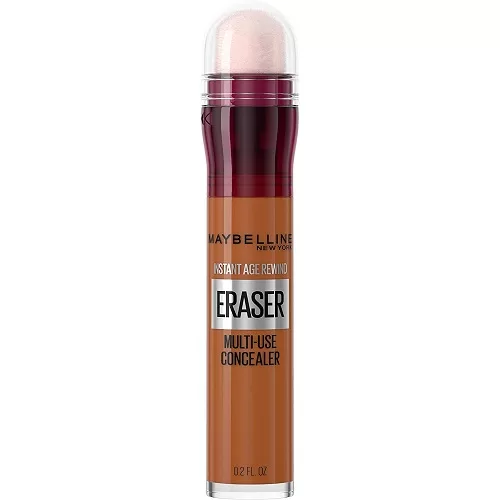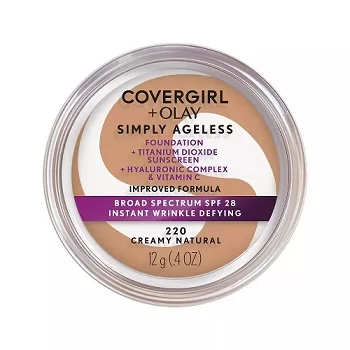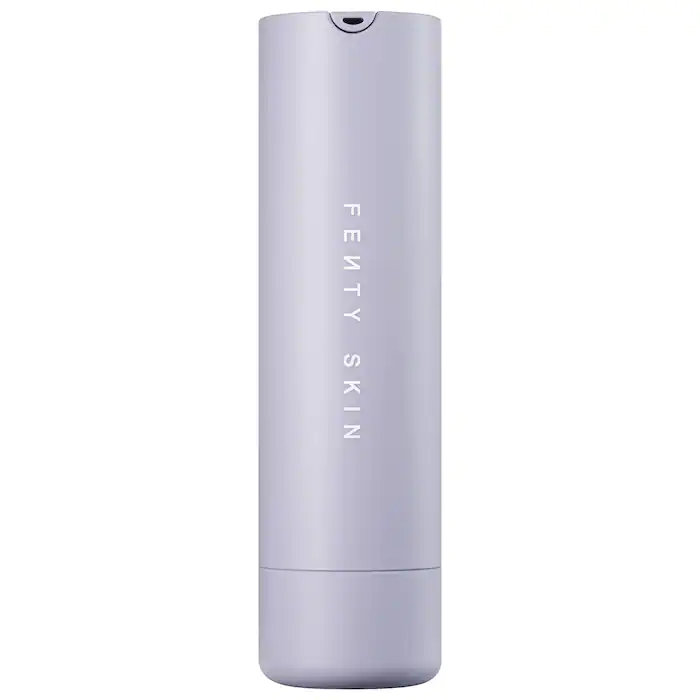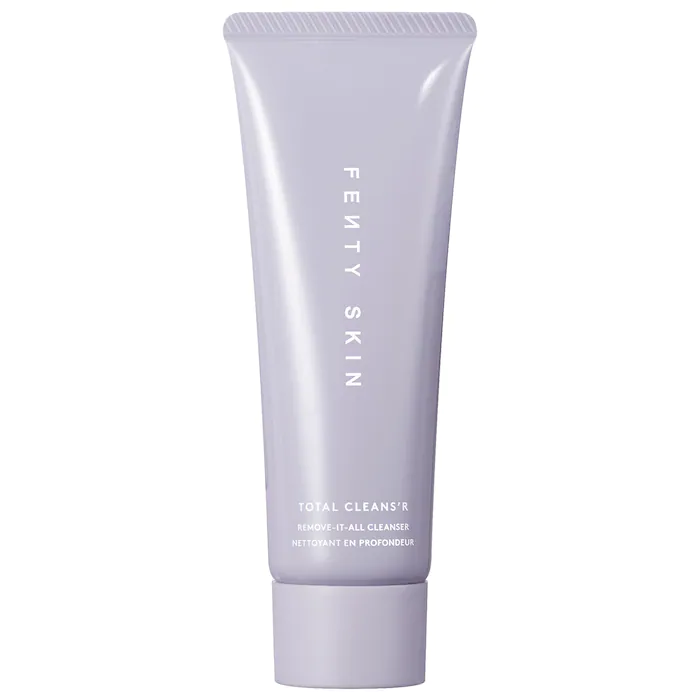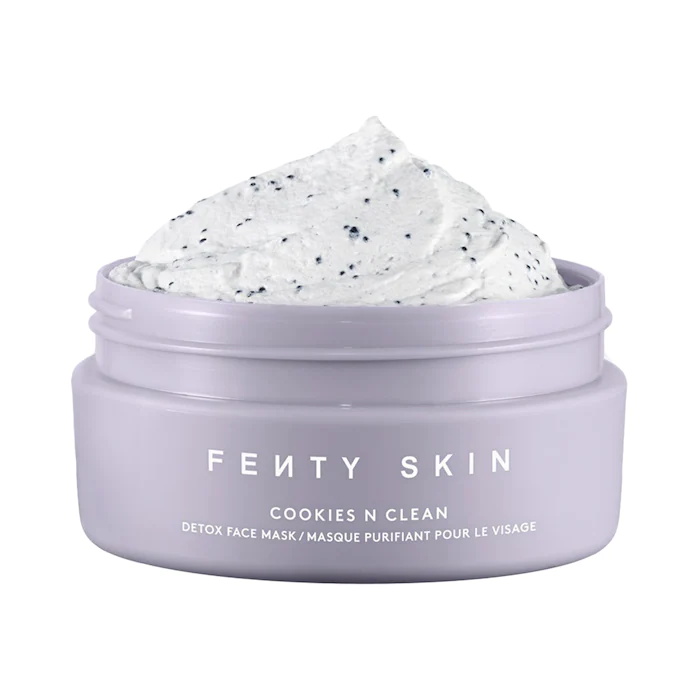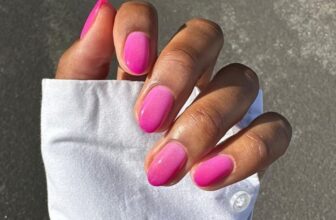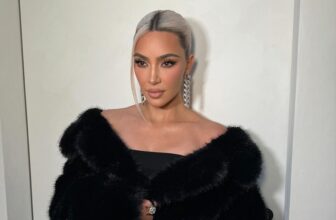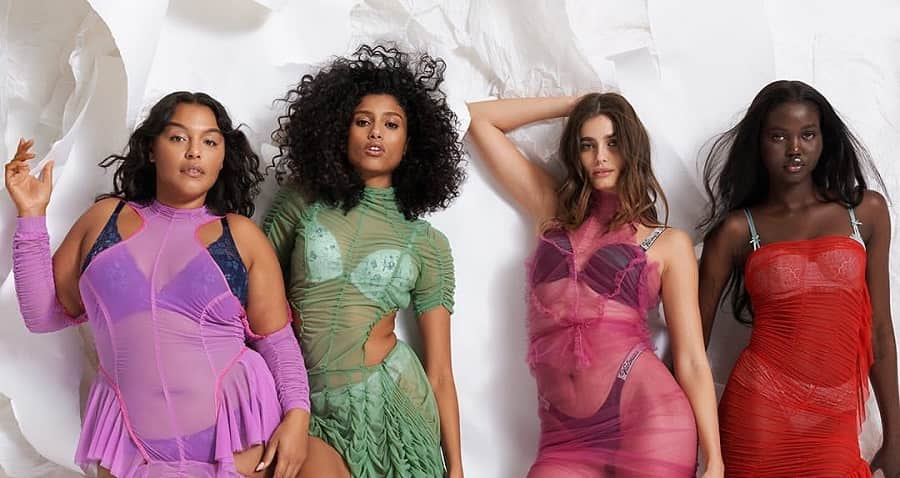 Photo: Instagram.com/victoriasecret
Photo: Instagram.com/victoriasecret
The beauty and fashion business has evolved into a new, defining phase due to the reckoning for better representation with sustainability, ethical standards, diversity, and inclusivity shaping its frontiers. Daily, it becomes more evident that there are fewer chances to feel ‘not beautiful or confident enough’ because provisions are now available for everyone regardless of their individual realities, to have access to beauty products and procedures, all thanks to brands that are paying heed to the needs of the society we live in.
Although inclusion has recently become a popular topic in the beauty industry, you may recall that Dove first introduced its “Real Beauty” campaign in 2004 with the aim of promoting a more democratic, healthier beauty trail that welcomed people of all ages and body types.
With images of women of different sizes, ages, races, and abilities replacing the angels, glamour, and wings that had long been their trademark in the lingerie industry, Victoria’s Secret, in 2022, debuted an inclusive advertisement aimed at welcoming and championing women’s voices and distinctive perspectives, lagging years behind its rivals in embracing inclusion. With our individual uniqueness in mind, more brands are now committing to offering inclusive beauty for all skin tones and genders while even attracting a wider audience.
Read on to see how this design for accessibility and a tailored experience for consumers are shaping the future of the beauty industry.
What is Inclusive Beauty?
Inclusive beauty is best described as beauty without boundaries; an unspoken movement clad with the aim of breaking down barriers, making beauty accessible to everyone, and challenging traditional beauty standards while creating a space for diverse voices to be heard.
This contemporary approach to beauty seeks to promote diversity, inclusivity, and accessibility in beauty products and marketing campaigns. Inclusive beauty recognizes that beauty comes in all shapes, sizes, skin tones, genders, ages, and abilities, and aims to make beauty products and experiences accessible to everyone.
What Is Driving The Rise Of Inclusive Beauty?
Inclusive beauty is being driven by several factors, including the shift in societal norms with consumers demanding that beauty brands offer products that cater to a diverse range of skin tones, hair types, and body shapes, and are increasingly vocal about their expectations for inclusivity in the beauty industry. Secondly, there has been an increase in demand for representation and diversity in the beauty industry, as consumers seek to see themselves and their diverse identities reflected in the products they use.
Brands that prioritize inclusivity and diversity are seeing a surge in popularity and are gaining a competitive edge in the market. Also, the advancements in technology and communication have made it easier for consumers to access information about beauty products and to connect with brands that align with their values.
The launch of Rihanna’s beauty line Fenty Beauty in 2017 was a turning point for the inclusive beauty movement. With its then-unprecedented 40 foundation hues, Fenty made it possible for women of all skin tones to choose the appropriate shade. Then, Fenty expanded beyond foundation by introducing a liquid concealer in 50 colors. Those who don’t typically see themselves in advertisements or beauty items have their needs met by the brand. The success of Fenty spurred a change, making cosmetics companies realize that diversity should be a top concern rather than an afterthought.
Furthermore, Fenty Beauty’s marketing campaigns have featured models of different skin tones, body types, and ages, and have highlighted the brand’s commitment to inclusivity and diversity. Alongside the brand’s accessibility across every region of the world, Fenty has continued to innovate and expand its product range to include more inclusive offerings, such as the Flyliner Longwear Liquid Eyeliner, which is available in a range of shades, and the Gloss Bomb Universal Lip Luminizer, which is designed to flatter a wide range of skin tones.
Since the 2017 launch of Fenty Beauty and the Black Lives Matter demonstrations, which increased pressure on cosmetics and personal care brands to broaden non-Eurocentric perceptions of beauty, “inclusive beauty” has become a buzzword in the industry, reimagining available beauty offerings while encompassing nontraditional and new markets that are crucial for these brands to target.
Hence, inclusive beauty has become more popular. Beauty companies that don’t support inclusivity run the danger of alienating a new generation of customers, especially when more direct-to-consumer (D2C) brands are everywhere.
How ‘Inclusive Beauty’ is shaping the Future of the Beauty Industry
1. Diverse Representation
The beauty industry is becoming more inclusive by featuring diverse representation in its marketing campaigns, including people of different skin tones, sizes, genders, ages, and abilities just like Victoria Secret’s most recent offerings. Asides from Fenty, other examples of mainstream companies that tout 40 foundation colors and more diverse model casting are Maybelline and CoverGirl. Also, to encompass a larger range of hair types, the haircare industry has switched from the discriminatory phrase “ethnic hair,” to the term “textured hair.”
2. Accessible Products
By providing a greater selection of hues and textures as well as accommodating various skin and hair types, brands are making their products more accessible. Those with limited dexterity or mobility can use items with packaging that is simple to open, such as those with flip-top lids, pumps, or sprays. Those with sensitive skin or allergies may find it easier to use moderate, fragrance-free skincare products. Those with cognitive or learning problems might also benefit from products that are labeled with clear instructions and ingredients.
3. Gender-Neutral Products
In 2020 when Rihanna introduced Fenty Skin, she wrote in a tweet: “Whoever told you skincare has a gender LIED to you!” Nowadays, gender-neutral cosmetics brands are becoming more popular as a result of younger consumers accepting the idea that gender is a continuum.
This is a significant change because skincare and cosmetic products have historically been marketed to women with feminine features. Presently, more gender-neutral products and non-conforming advertising efforts are targeted toward a broader definition of the beauty market.
4. Disability-Inclusive Products
Beauty brands are developing products that cater to people with disabilities, such as easy-grip packaging, braille labels, and products designed for people with limited mobility. Consider Kohl Kreatives Plus, which makes makeup brushes for those who have visual or movement limitations.
The goods are ergonomic and built of sustainable materials in addition to being vegan. Olay also introduced Easy Open Lid to make their moisturizers more accessible. The lid was created in consultation with customers who have a variety of disabilities, including limb differences, chronic conditions, and vision impairments. It has a wing cap, an extra-grip elevated top, and braille text.
Fenty Skin
Hydra Vizor Invisible Moisturizer Broad Spectrum SPF 30 Sunscreen with Niacinamide + Kalahari Melon
Fenty Skin Cookies N Clean Whipped Clay Pore Detox Face Mask with Salicylic Acid + Charcoal
5. Mental Health Support
It can be challenging to protect mental health in a setting where we are all frequently confronted with a feeling of warped normality, and often, beauty looks are to blame for this. It can be challenging to protect mental health in a setting where we are all frequently confronted with a feeling of warped normality, and often, attractive appearances are to blame for this. But something is shifting, particularly in the inclusive commercials that highlight each person’s uniqueness in contrast to the reality of faultless aesthetic reality.
Self-care, mental health, and inclusivity are acknowledged and prioritized as components of beauty in the marketing campaigns of beauty products such as; Gucci Beauty by Gucci and Mental Health 101 by Rare Beauty.
6. Sustainable Packaging
Inclusive beauty has been successful in putting pressure on beauty brands to take environmental responsibility more seriously. This has enhanced production techniques and led to the development of sustainable packaging, which can be created from a variety of eco-friendly materials and lessen the environmental impact of product waste.
7. Transparent Ingredient Lists
Brand owners are being compelled by the quickening development of reputational transparency to show their commitment to sustainability in a way that verifies their environmental credentials.
As consumers’ awareness of the substances in their beauty products grows, manufacturers are reacting by offering open ingredient lists that enable consumers to make knowledgeable choices about what they apply to their skin.
8. Non-Toxic Products
In addition to developing non-toxic and organic items that are secure for both people and the environment, brands are also focusing on clean skincare, mineral cosmetics, natural hair care, veganism, and fragrance-free and synthetic-free beauty solutions.
9. Collaborative Partnerships
In order to advance diversity in the sector, beauty brands are collaborating with one another. For instance, Procter & Gamble and Walmart collaborated to introduce the Nou brand in 2021. Nou caters to various curl patterns and offers customers information about hair porosity by scanning a QR code.
Products from Kérastase and Living Proof were also released that catered to a variety of curl patterns, including waves and coils.

